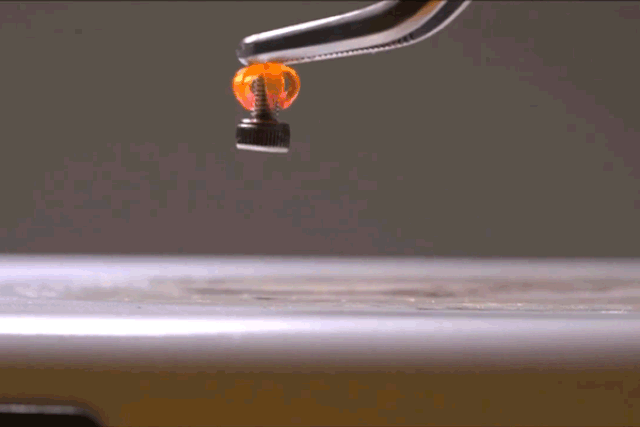
SWEET SPOT
Beyond 3D-printed dinners, additive manufacturing has helped create artificial jaws, better prosthetics, and even brain tumors. Researchers at MIT have found a way to print 3D structures that remember their original shapes within seconds of being heated at a specific temperature “sweet spot,” paving the way towards developing tiny drug capsules that open upon early signs of infection.
Researchers often turn to 3D printing to fabricate shape-memory structures since the technology lets them to custom-design structures with relatively fine detail. The only problem is that conventional 3D printers come with size restrictions—the structures’ details can’t go any smaller than a few millimeters, and the restriction limits how fast the material can recover its original shape.
MICROSTEREOLITHOGRAPHY
To be able to print shape-memory structures with even finer details, Nicholas X. Fang, associate professor of mechanical engineering at MIT, and his colleagues combined a new 3D printing process called microstereolithography with a special polymer mix that hardens or softens depending on variant thermal conditions. This, in turn, enabled them to create tiny structures—from small coils and multi-material flowers, to an inch-tall replica of the Eiffel tower that spring back to their original form when exposed to heat within the range of 40°C to 180°C. The printed objects can also be stretched and twisted up to three times their original length without breaking.

Fang said shape-memory polymers that can predictably morph in response to temperature can be useful for a number of applications, from soft actuators that turn solar panels toward the sun, to tiny drug capsules.
“We ultimately want to use body temperature as a trigger,” Fang said. “If we can design these polymers properly, we may be able to form a drug delivery device that will only release medicine at the sign of a fever.”